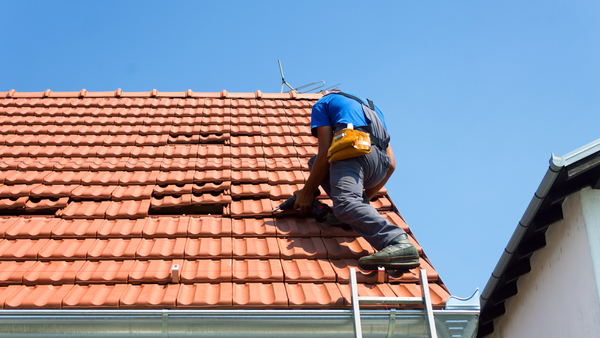How To Make Repairs And Rebuild Wisely Following Storm Damage

Reading Time: 2 minutes

Residents and property owners in Texas are still recovering from major flooding this spring and damage from Tropical Storm Bill in June, as well as tornadoes. Residents of California and other western states are dealing with the aftermath of wildfires. On the East Coast, many are finally repairing damage from severe winter storms as well as preparing for potential hurricanes or tropical storms.
It’s important to make home repairs as soon as possible following a natural disaster, but it’s also important to take some time to plan the project, consult with local officials and choose a contractor wisely, advises the Federal Emergency Management Agency (FEMA).
Here are some tips that insurance agents can share with clients who are facing the task of repairing storm damage. These tips also are useful for clients who are planning to remodel their homes or build new ones.
Contact your insurance agent to discuss the planned repairs, what is and isn’t covered, and how the repairs or rebuilding will affect your insurance coverage.Contact the local permitting office. Follow all local and state requirements. Check with your local building official to make sure your work is safe and meets all local and state requirements.
Some local building departments may require architectural blueprints or engineering certificates before issuing permits. In other cases, surveys of your property will be necessary. If you live in a flood zone, you may have to supply a survey showing where your property is located in relation to the flood map.
How to reduce future damage
Use building materials that are more resistant to flood, wind, corrosion and decay.If siding or roof sheathing needs replacement, install hurricane or seismic connectors at the rafter-to-wall or truss-to-wall connections. Adding wall-to-foundation ties may also be possible.Windows, doors and skylights should be checked for leaks. If they need replacement, use impact-resistant units.Check your attic for adequate insulation. Straps should be added from rafters to wall top plates, and gable end-wall framing should be braced.Inspect soffits to determine whether structural upgrades are necessary.If you live in a flood-prone area, elevate appliances several inches off the ground.
Select your contractor carefully
Watch out for home improvement scammers saying they have left over materials or say they noticed your home was damaged and can repair it. Take your time to choose your contractor.Look for a contractor with an established physical address.Get bids from more than one person. Make sure the bids are in writing and specify exactly what will be done.Beware of a low-ball price. Ask for references and contact them. Make sure the contractor has the proper licenses and insurance coverage required in your state or municipality. Never pay the full price in advance.
Stay in touch with your insurance agent at every step of the repair or rebuilding process. Your agent may be able to help you find a reputable contractor and evaluate bids as well as providing advice on materials to use, design, and all the little things that go into a major home repair project.
Source: PROPERTYCASUALTY360.COM
